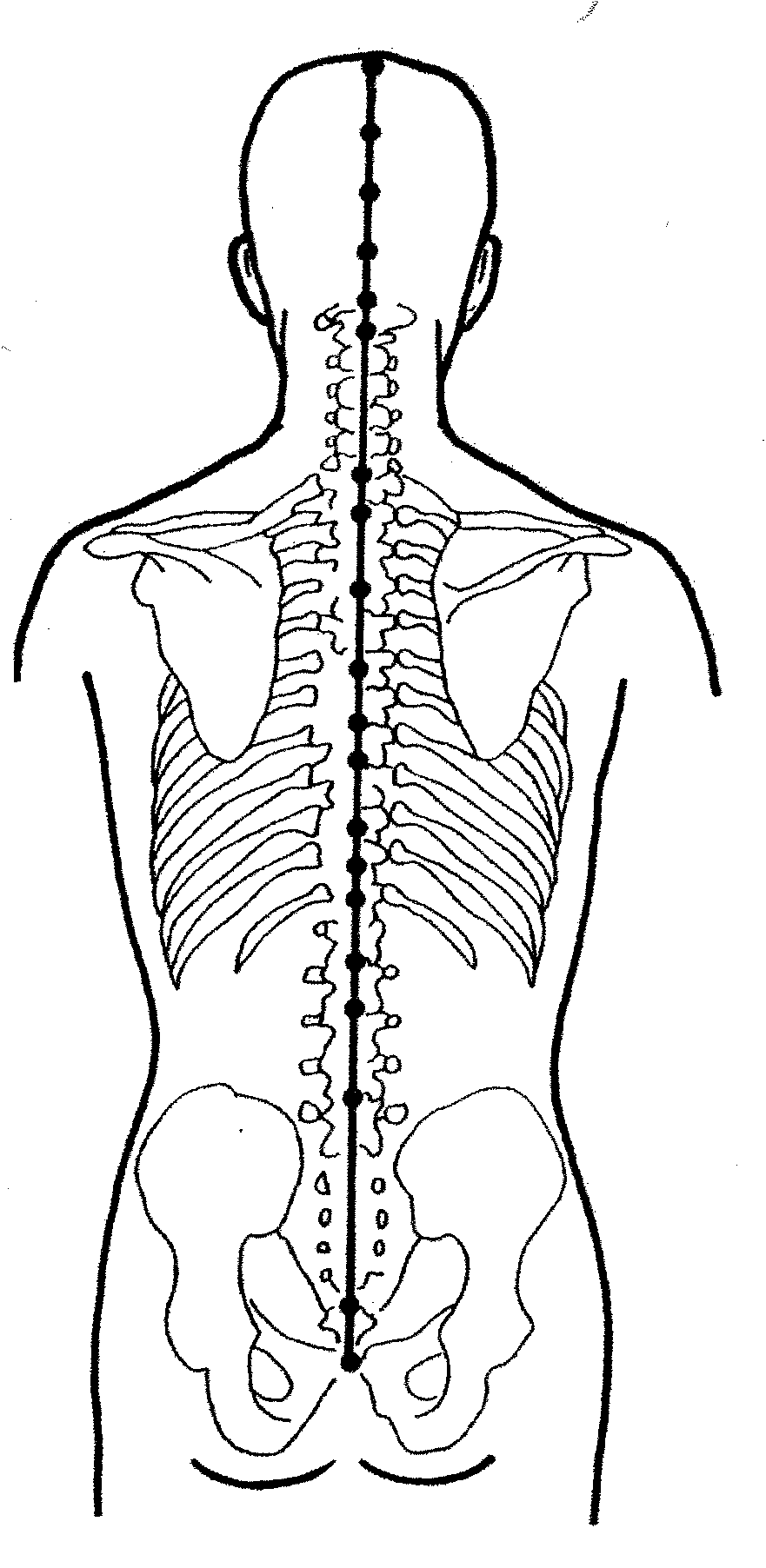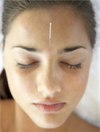
As discussed in previous updates, Traditional Chinese Medicine believes
that a life-force energy permeates our bodies through meridians
punctuated by acupuncture points. As a visualization, view the meridians
as a pipeline through which life-force energy flows and the points as
periodically placed, flow-controlling valves. With this analogy,
acupuncture needles represent the socket wrenches that open the valves,
promoting health-enhancing energy flow.
Evidence indicates that acupuncture may actually restore some function
after SCI, perhaps, as studies suggest, by stimulating the expression of
regenerative stem cells. Furthermore, acupuncture influences pai n-processing
neural pathways and neurotransmitter systems, which, in turn, affects
the release of pain-reducing molecules and hormones. It has been
extensively used by the general population to treat pain and may also
reduce SCI-associated pain.
n-processing
neural pathways and neurotransmitter systems, which, in turn, affects
the release of pain-reducing molecules and hormones. It has been
extensively used by the general population to treat pain and may also
reduce SCI-associated pain.
Studies
In 2001, Dr.
Sangeetha Nayak’s team (New Jersey) treated 22 individuals with SCI
and pain with 15 acupuncture sessions over a 7½-week period. In each
session, 6 to 14 acupuncture points were needled, including a key point
located in the Governor meridian
between the C-7 and
T-1 vertebrae.
Subjects rated their
pain intensity using a 0 (no pain) to10 (worst possible) pain scale.
Using this scale, average pain decreased from 6.9 before to 5.4 after
treatment, a reduction which persisted for some time. The more
responsive subjects tended to have pain located above the injury,
incomplete injuries, or musculoskeletal pain.
Reported in 2003,
Dr. Linda Rapson and colleagues (Canada) used electro-acupuncture to
treat SCI-associated neuropathic pain. Specifically, electrically
stimulated acupuncture needles were inserted in three points further up
the Governor meridian on the scalp midline and a fourth point located
between the eyebrows. Patients were initially treated five times per
week, and treatment was continued until full pain relief was obtained or
no further benefits accrued. The investigators retrospectively reviewed
the medical charts of 36 patients with spinal cord dysfunction (22 with
traumatic injuries) and pain treated with electro-acupuncture over a
five-year period. Of these patients, 24 benefited f rom
treatment, including 18 who experienced pain relief after only one
treatment.
rom
treatment, including 18 who experienced pain relief after only one
treatment.
In 2001, Dr.
Trevor Dyson-Hudson and colleagues (USA) evaluated the use of either
acupuncture or bodywork to treat shoulder pain in manual wheelchair
users. Subjects received either 10 acupuncture or bodywork sessions over
five weeks. In each acupuncture session, various points associated with
upper extremity pain and areas of tenderness were needled. In the
bodywork sessions, gentle motions were used to loosen joints, ease
movement, and release chronic-pain patterns.
Pain was assessed
using the “The Wheelchair User’s Shoulder Pain Index” (WUSPI) in which
subjects rated shoulder pain for 15 activities of daily living (e.g.,
transfers) using a 0 (no pain) to 10 pain (worst possible) scale for
each activity. The scores for all activities were combined into a single
0-150 score. By the end of the treatment period, pain levels had
decreased ~54% for both the acupuncture- and bodywork-treated
individuals.
Because this study
did not have a placebo-control group, the investigators initiated a
somewhat similar investigation in 17 subjects with shoulder pain
randomized to receive either 10 sessions of active or sham
acupuncture. With the latter, putatively inactive areas near the true
acupuncture points are needled.
Using the WUSPI,
shoulder pain in acupuncture-treated subjects decreased 66% compared to
43% for the sham-treated individuals. Seventy-five percent of the
acupuncture-treated individuals reported a clinically meaningful
reduction in pain after five weeks of treatment compared with only 25%
for the sham-treated individuals. The investigators noted that the use
of sham acupuncture points is problematic because they are
not neutral controls. Although not as
effective as true acupuncture points, sham points also evoke
physiological responses through different mechanisms.
In
2011, Drs. Cecilia Norrbrink et al (Sweden) treated 30
individuals with SCI and neuropathic pain for six weeks with either
twice-weekly acupuncture or massage therapy. In each acupuncture
session, 13-15 acupuncture points were needled, including several points
stimulated by electro-acupuncture. The investigators used a 0 (no pain)
to100 (most intense) scale to assess “general pain” and “pain
unpleasantness” experienced during the last week, as well as “present
pain.” Specifically, general pain decreased from 63 to 48 after
treatment, pain unpleasantness decreased from 70 to 47, and present pain
decreased from 59 to 40. Smaller declines were observed for the massage
group.
Conclusion
Many
pharmaceutical or surgical approaches used to treat SCI-associated pain
have serious, health-compromising side effects and are only marginally
effective over the long term. Although not a panacea for pain,
acupuncture is a side-effect-free, nothing-to-lose approach that may
reduce quality-of-life-compromising pain.
Adapted from article
appearing in February 2013 Paraplegia News (For subscriptions, call
602-224-0500) or go to
www.pn-magazine.com.
TOP